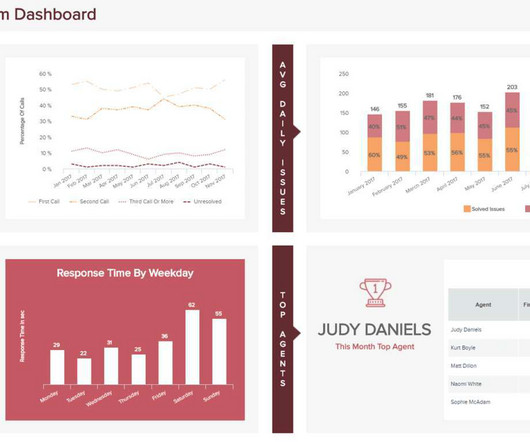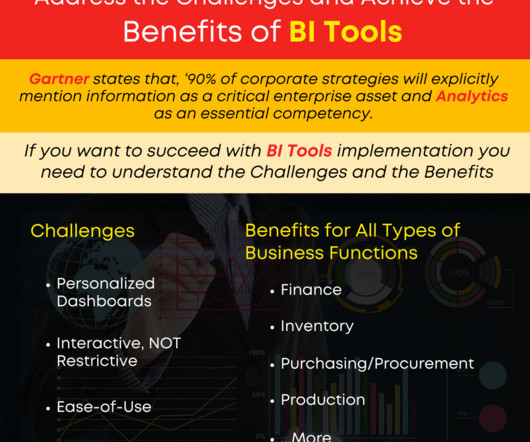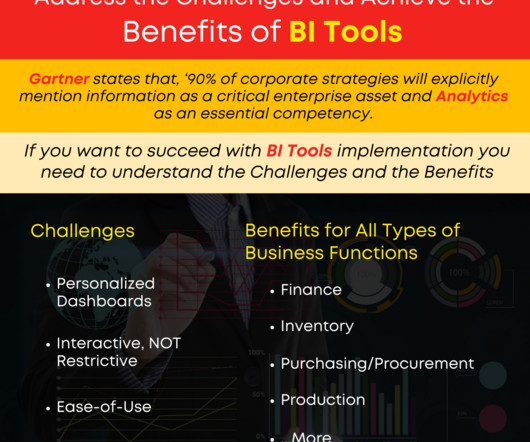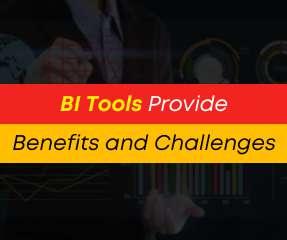Introduction To The Basic Business Intelligence Concepts
Data Pine
MAY 9, 2019
Business intelligence concepts refer to the usage of digital computing technologies in the form of data warehouses, analytics and visualization with the aim of identifying and analyzing essential business-based data to generate new, actionable corporate insights. They enable powerful data visualization.












Let's personalize your content